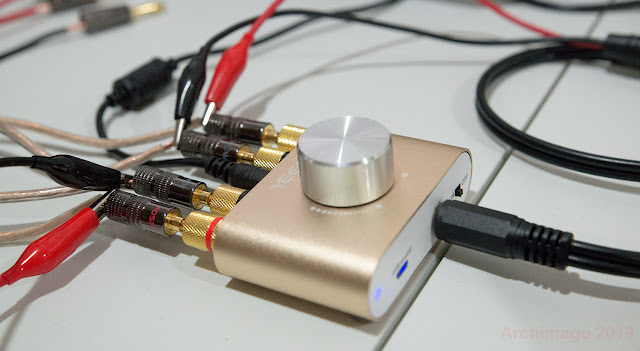solderdude
Grand Contributor
That's not what I call a powerful transmitter.
Interesting to follow 2 guys measuring the same types of devices and interpreting the measured results from different angles/viewpoints.
Let's agree there is not much RFI coming from the device measured by March Audio ?
Interesting to follow 2 guys measuring the same types of devices and interpreting the measured results from different angles/viewpoints.
Let's agree there is not much RFI coming from the device measured by March Audio ?


